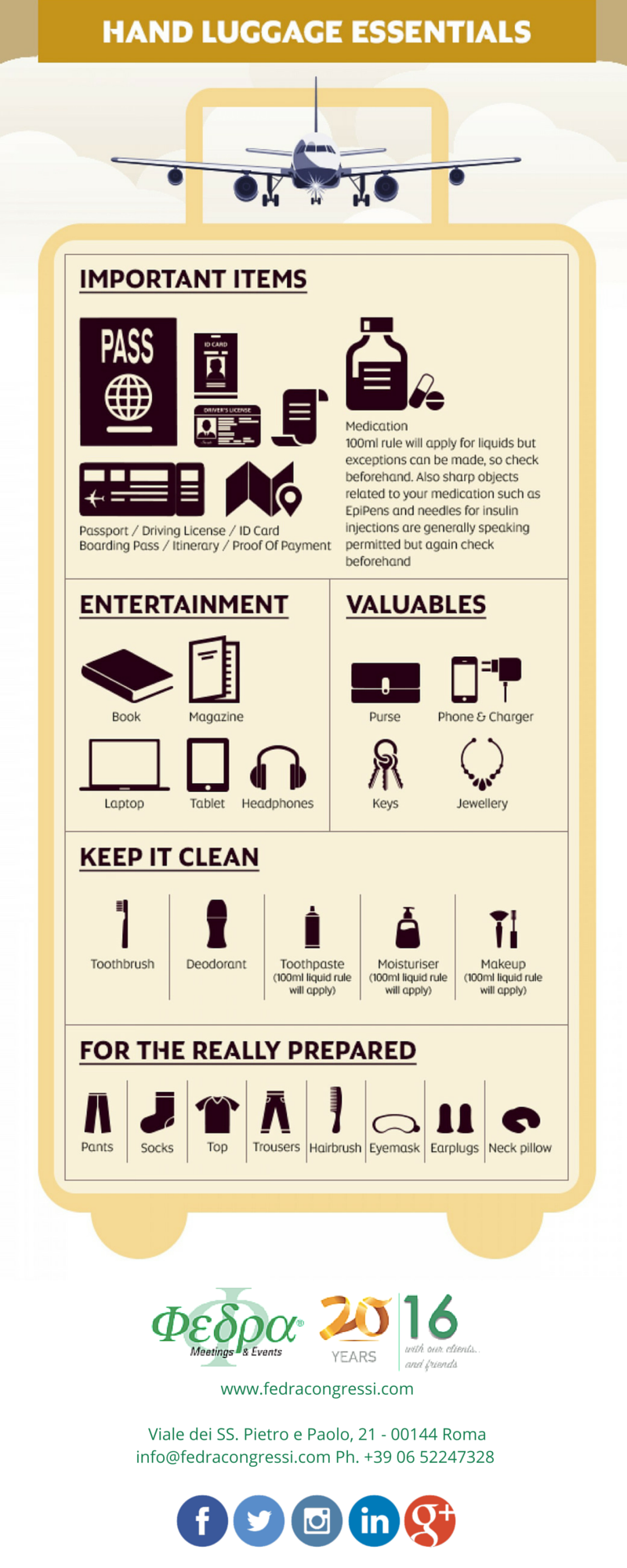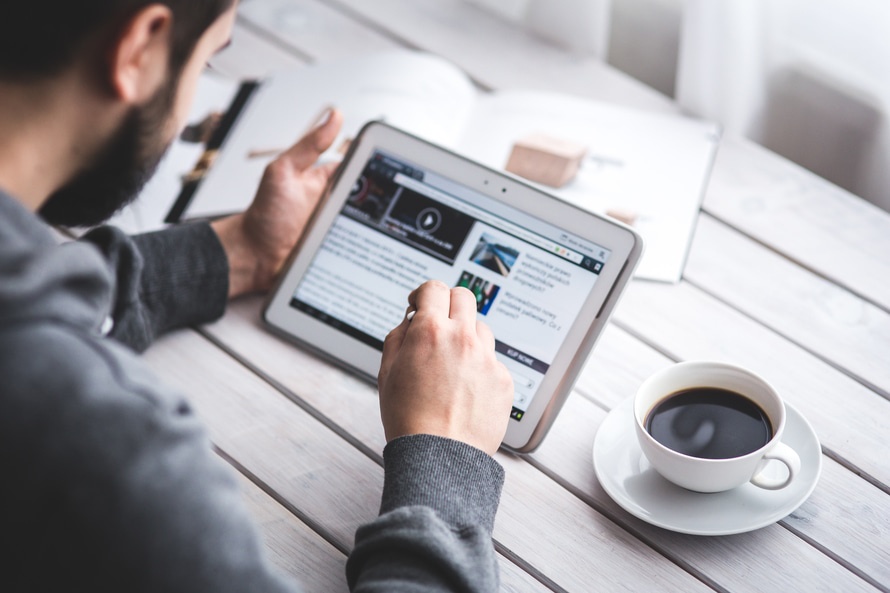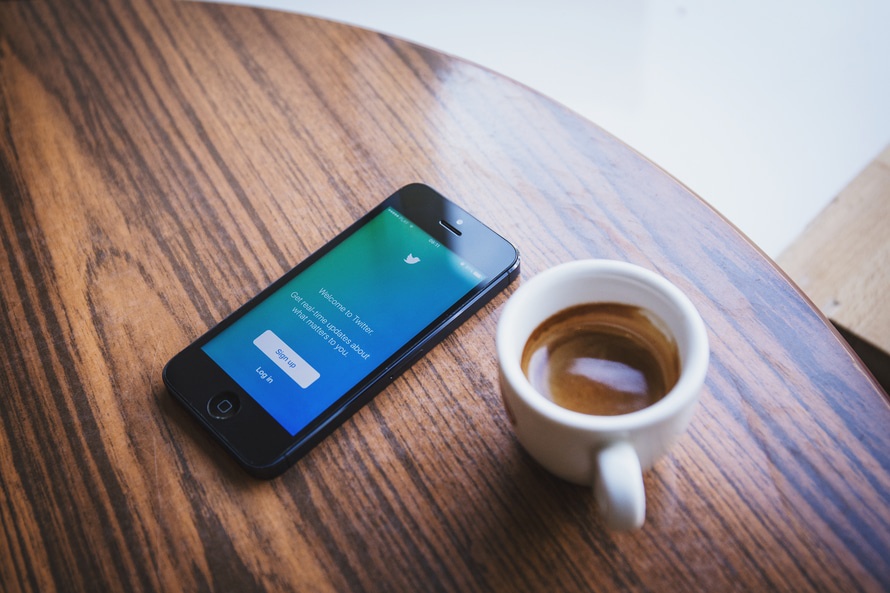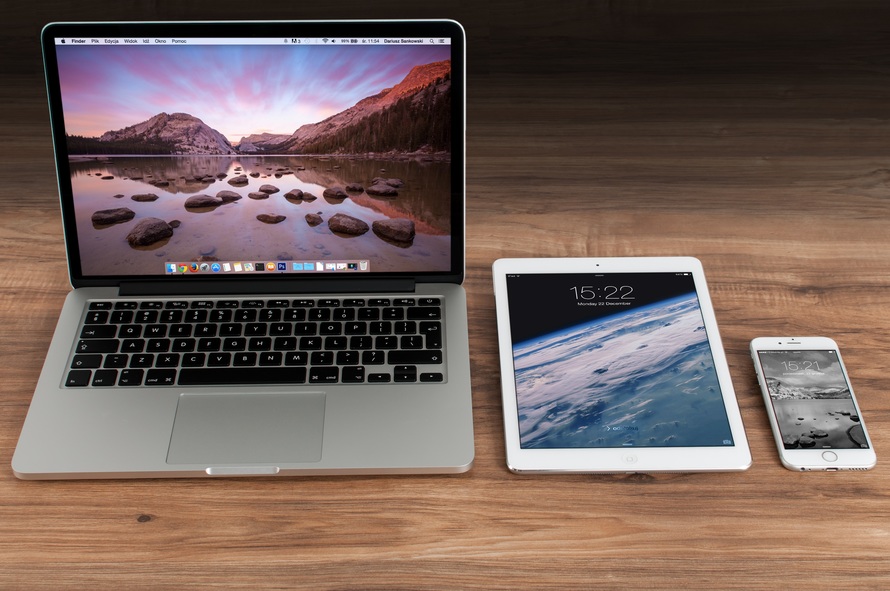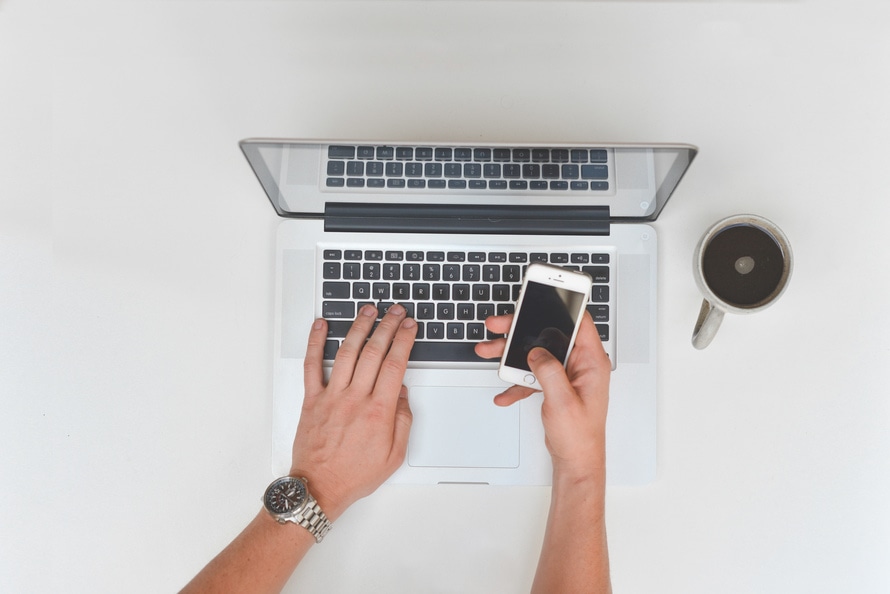Here’s a little infographic to help you with you travel check-list. Did you put all the essentials into your hand luggage?
Categoria: Event Planner Blog

4 Ways to Prevent Jet Lag From Sabotaging Your Business Trip
When you travel for business, you’re expected to be fresh and alert and give your clients your all.
According to the National Sleep Foundation, “Studies show that the condition of jet lag actually results from an imbalance in our body’s natural biological clock.”
They describe that our bodies work on a 24-hour cycle called circadian rhythms that are measured by the risk and fall of body temperature, plasma levels of certain hormones and other biological conditions, and our exposure to sunlight.
“When traveling to a new time zone, our circadian rhythms are slow to adjust and remain on their original biological schedule for several days.”
Over the years, we’ve developed the following tricks and techniques for overcoming jet lag.
1. Choose your flight schedule carefully
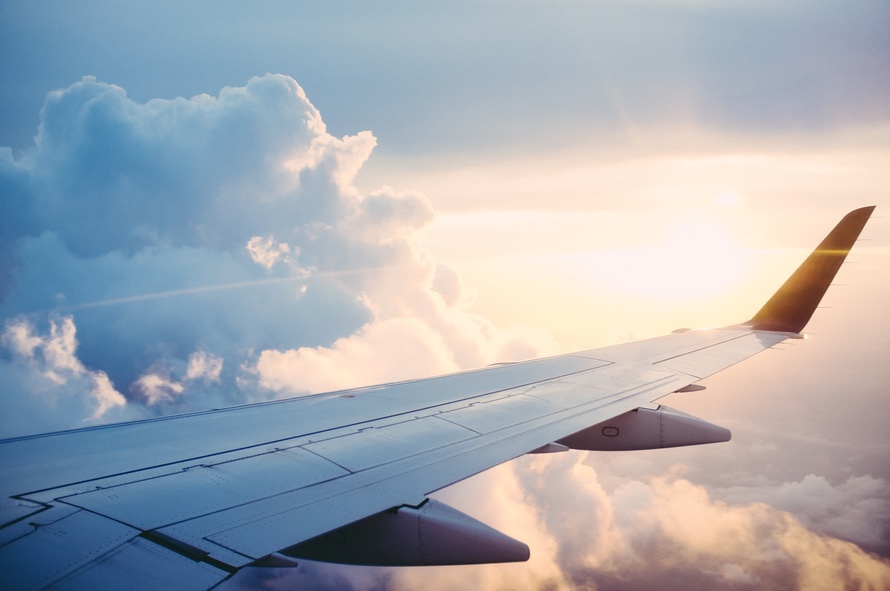
If possible, book a flight that will allow you get as much rest before you arrive your destination. Try to arrive in the evening so you can go straight to your hotel, eat a light meal, shower, go to bed and get a good night’s sleep.
Eat a good meal at the airport before you board. You never know what kind of food you’ll be served on the plane, so pack healthy snacks for the flight.
If you take a sleep aid, don’t take it until the flight takes off, just in case the flight gets cancelled and you have to navigate your way through the rescheduling process.
When traveling internationally, pack a neck pillow, earplugs, comfy socks and a light-blocking eye mask to ensure a more peaceful rest.
2. Stay hydrated

Often, dehydration is the cause of fatigue. The air in planes can be especially dry.
Keep yourself hydrated by drinking plenty of water before and during the trip. Pack eye drops and saline nasal spray so your eyes and nose don’t get too dry.
Limit your caffeine and alcohol intake, as these tend to act as diuretics, draining your body of fluid. Besides, you don’t want to have to make too many trips to the lavatory, especially if you choose a window seat.
3. Live in the new time zone

Try to arrive at least a day, preferably two, before you have to conduct business. This will allow your body to adjust to the new time zone before anything important transpires.
When you board the plane, set your watch for the new time zone, and begin thinking in that time.
4. Reset once you arrive

Once you reach your destination, get some fresh air. If you arrive during the day, take a walk and soak up some sunlight. This will help your body reset its circadian rhythm.
Avoid excessive computer work and heavy exercise close to bedtime; these can disrupt your sleep. If you arrive early in the day, try to stay awake until you normally go to bed.
If you take a nap, try not to sleep more than 30 minutes. Napping any longer might disturb your sleep n the evening. The sooner you can get into your normal rhythm of sleeping and rising, the better.
Travel is one of life’s pleasures, and with a little planning, you can avoid the groggy, foggy feeling of jet lag and enjoy your trip to the fullest.

Why Your Attendees are No Longer “Just” Attendees
How would you describe your average attendee? While your answer can vary depending on the type of event or conference you’re planning, there’s one big thing that has changed over the last several years. Your attendees are no longer “just” attendees.
With all of the interactive technology that’s emerged in the last decade, your attendees – more than ever before – are taking charge of their event experience. If you have your attendees boxed in as bystanders, it’s time to start changing how you view the typical attendee.
So what are they doing differently?
Don’t Wait for Information
Smartphones and tablets have made it easier to seek out the information we want. Because of this, attendees don’t wait for you to give them event information. They look up your website, your social platforms, and your mobile event app. And they expect their mobile experience to be fast – every second of delay could result in a 16% decrease in customer satisfaction.
Prefer Mobile Apps
When you see attendees looking at their smartphones, they’re probably using a mobile app. And by probably, I mean definitely. Apps continue to dominate the mobile web with 86% of time going to apps and the other 14% going to the web. Studies by Compuware have shown that people find apps faster, more convenient, and easier to browse.
Appreciate Custom Content
Did you know that 61% of consumers say they feel better about a company that delivers custom content? Each person who goes to your event has his or her own reasons for attending. Delivering custom content to attendees shows them you care about their specific interests. If it’s relevant and timely, it’ll further enhance your attendee’s experience.
Use Multiple Devices
A recent survey by Deloitte showed that nearly 40% of consumers are digital omnivores – they own a smartphone, tablet, and a laptop. Have you ever experienced more app downloads than there are attendees? It’s because 77% of people who have three devices switch between them to complete tasks or activities.
Interact with Your Brand through Mobile and Social
Mobile app use is increasing worldwide, and social apps are leading that growth. A survey by ExactTarget revealed that 53% of people have liked or followed a brand on social media from a mobile device. Having a social presence gives you the chance to deliver great content, engage your attendees, and connect with them in real time on a more personal level. Social platforms have also encouraged attendees to take more active roles in sharing their event experiences, generating more content for events, and building a stronger event community.
These are just a few examples of how technology has changed the attendee you used to know. What changes have you noticed over the years?
